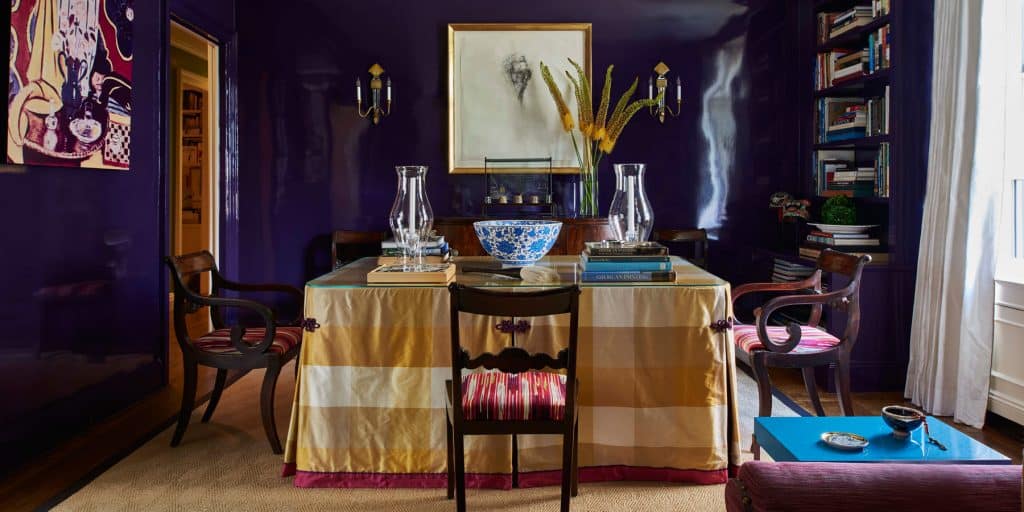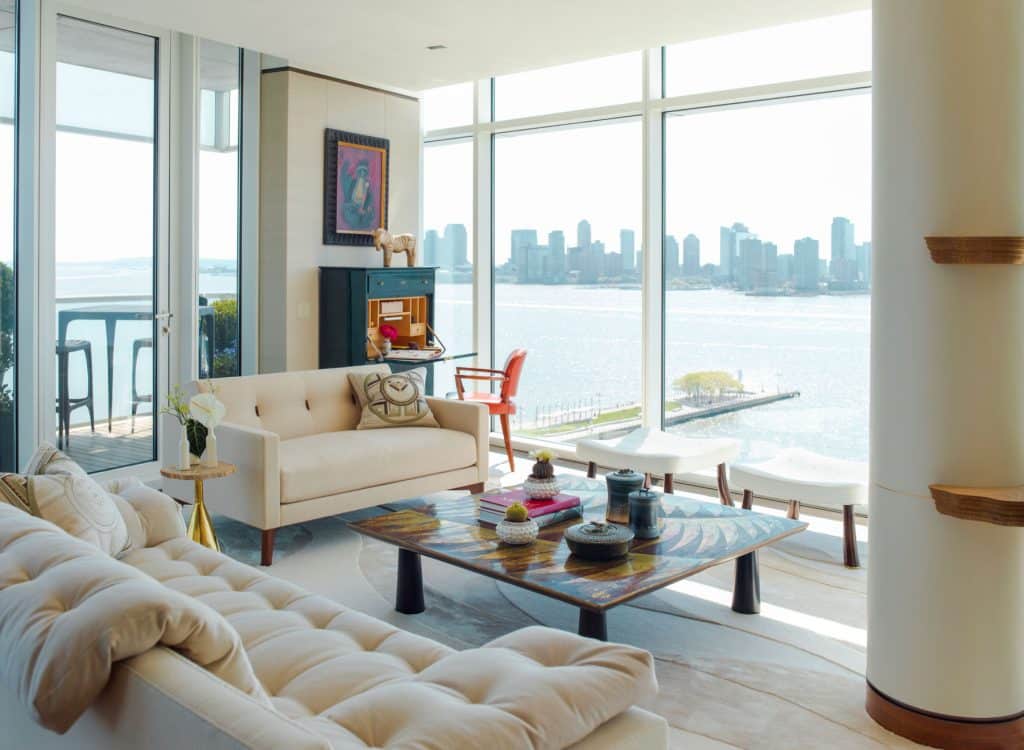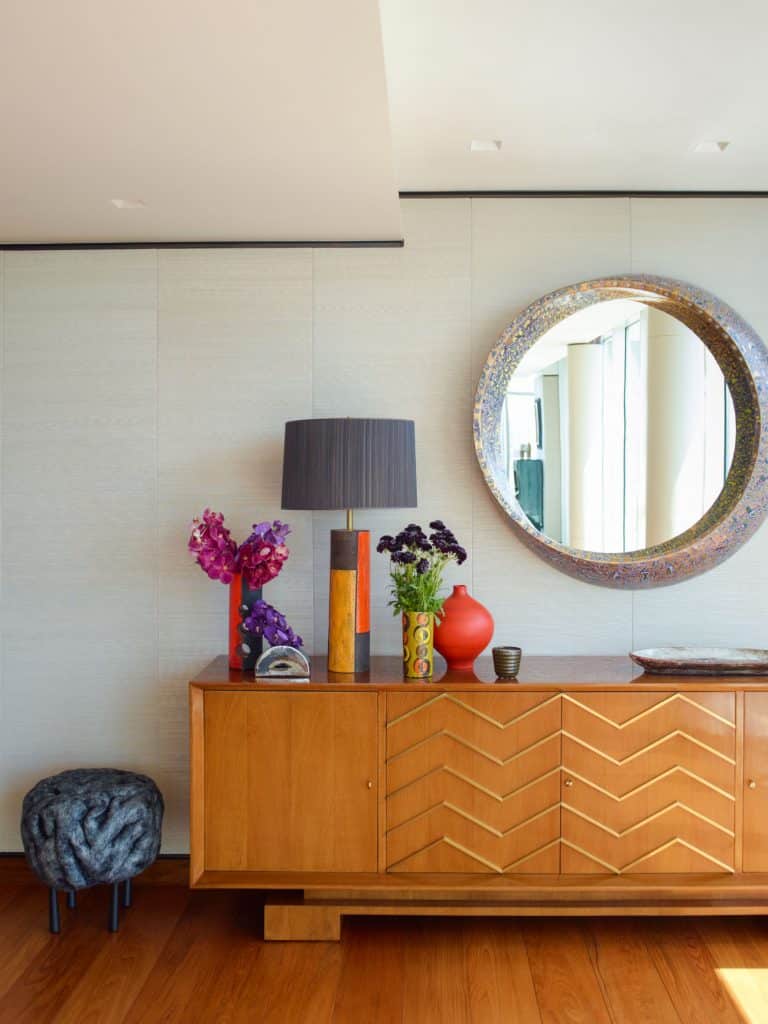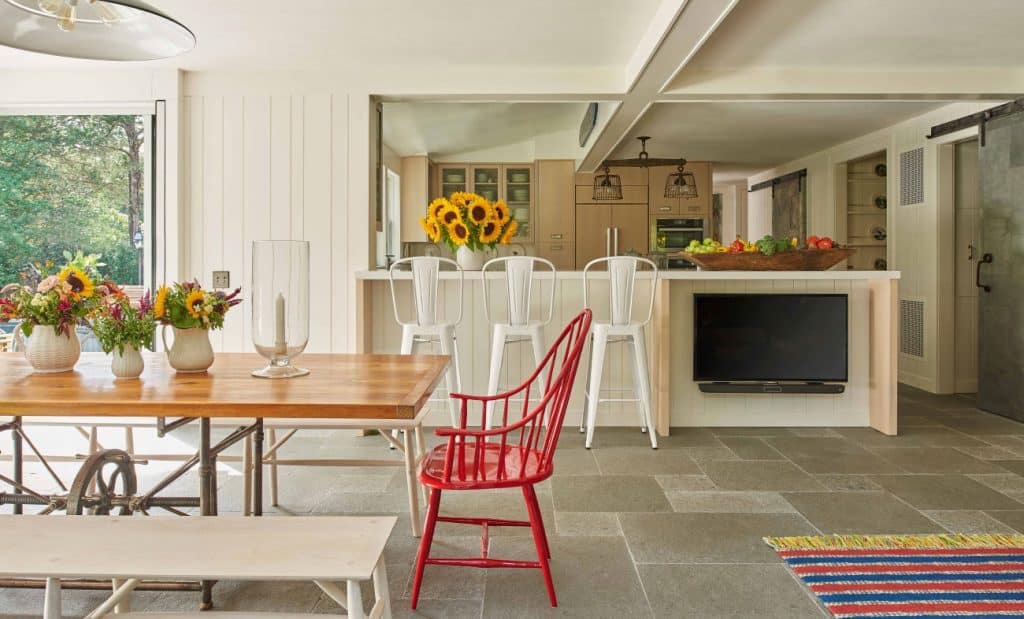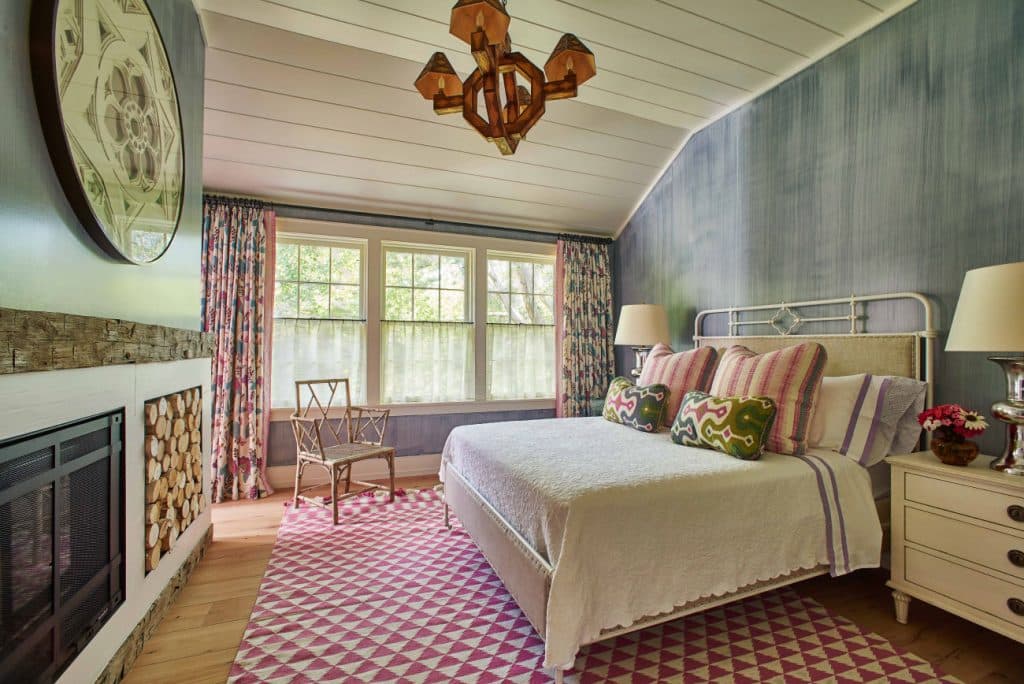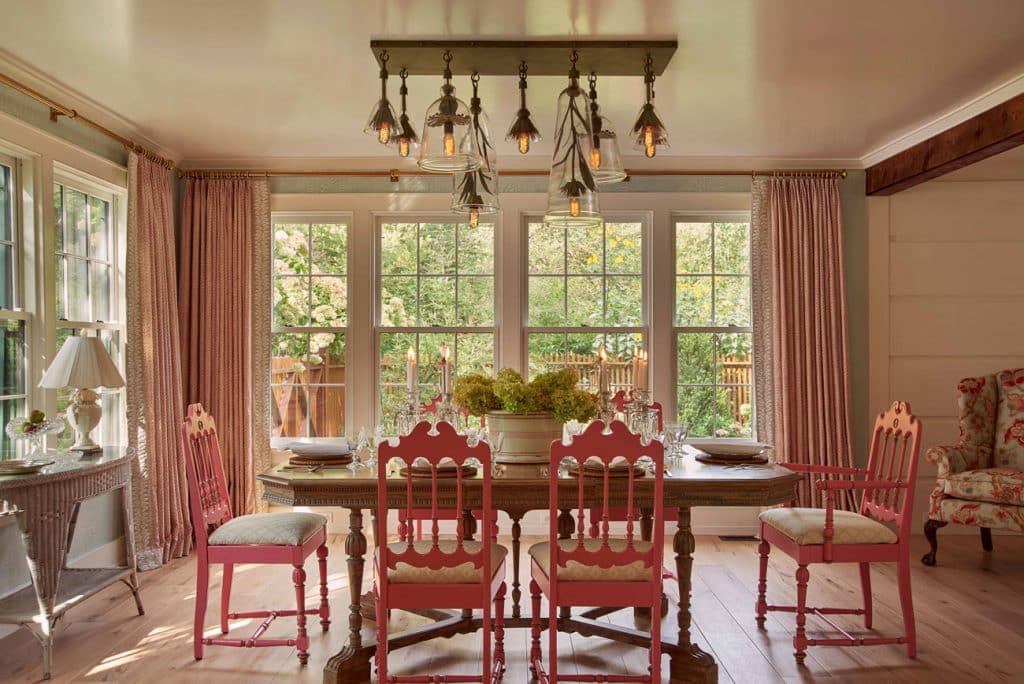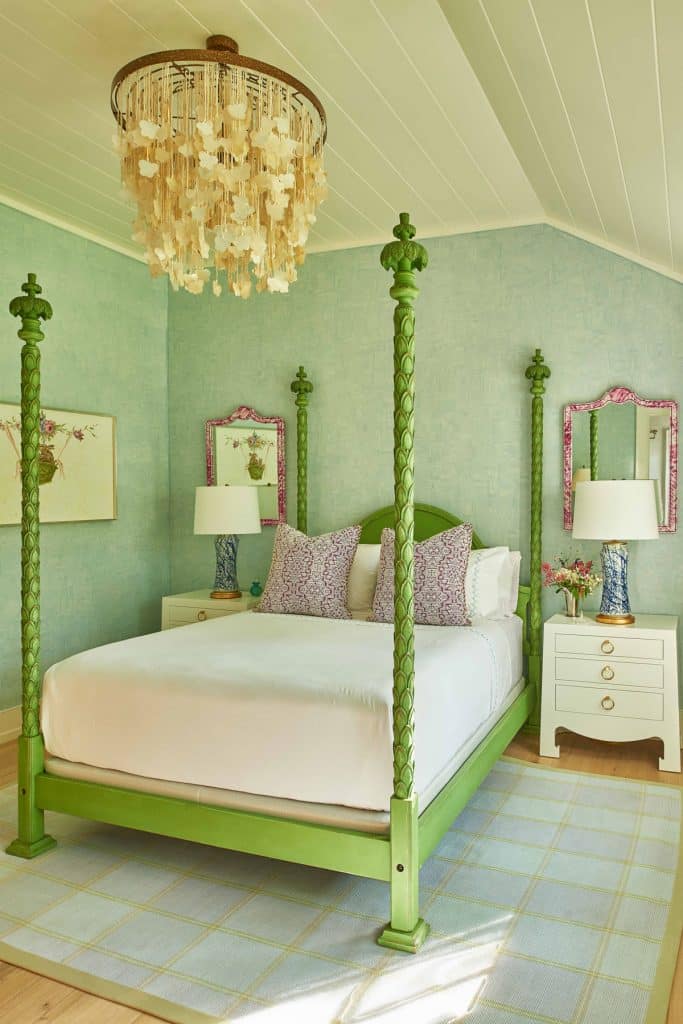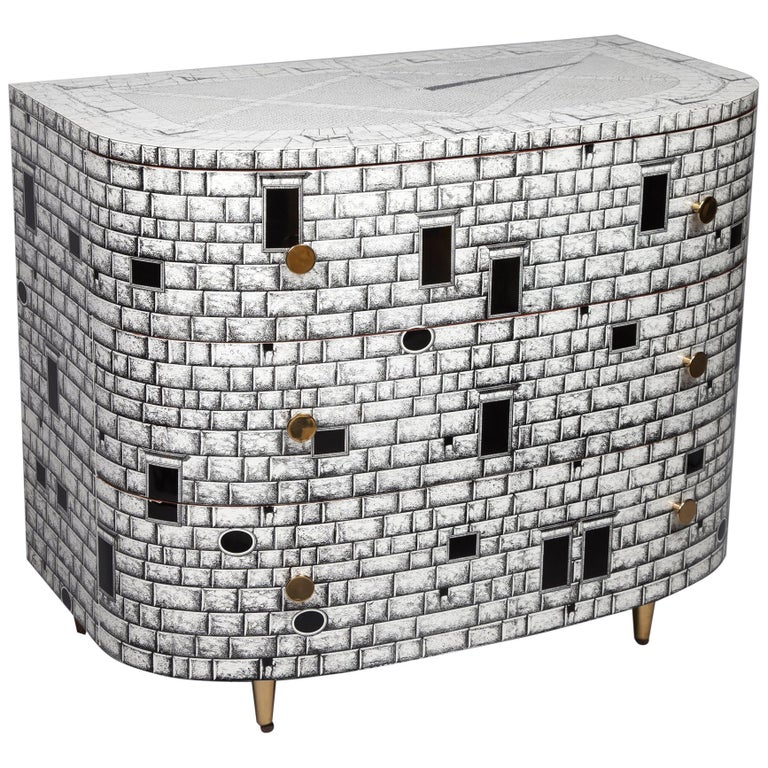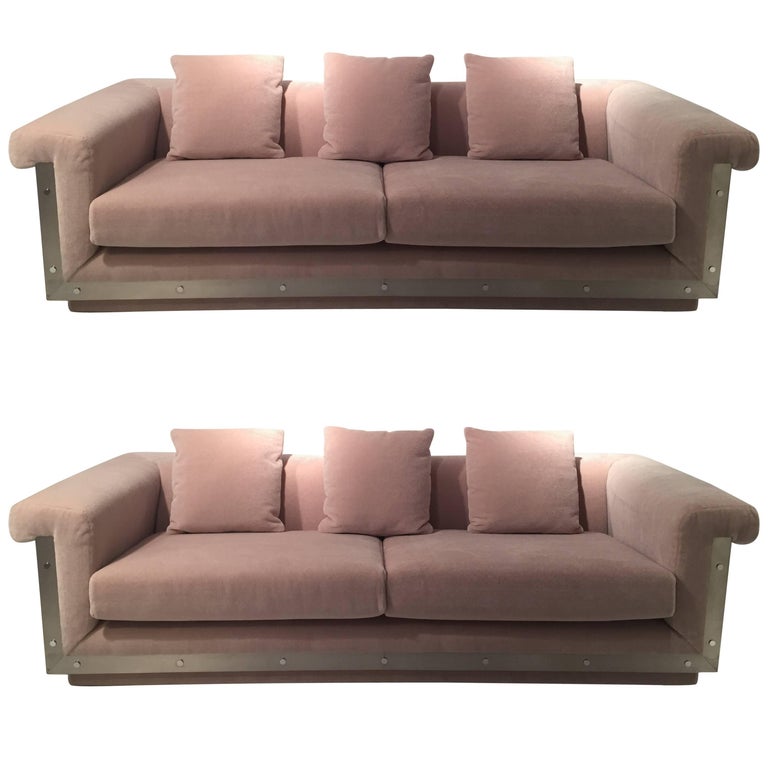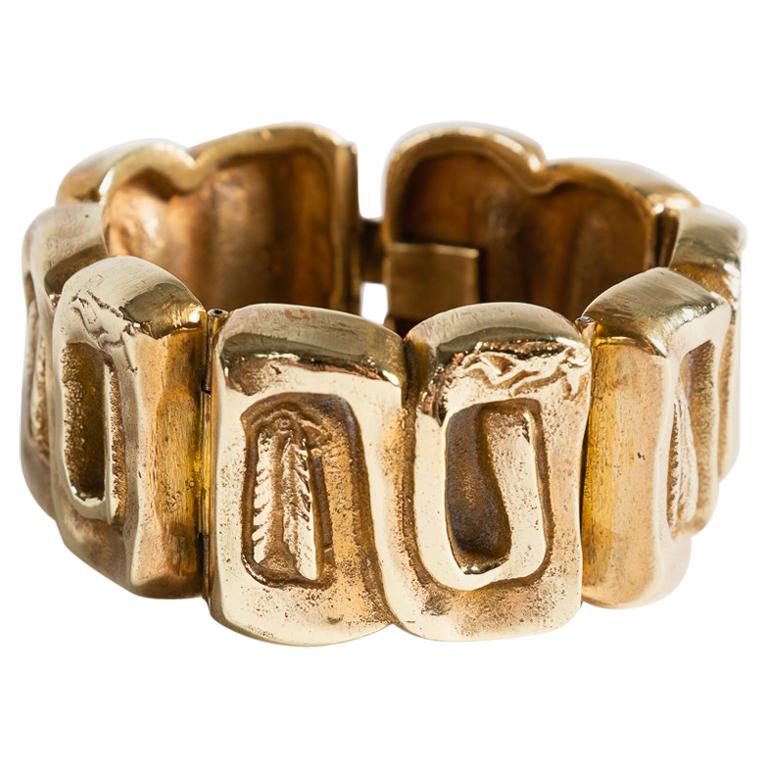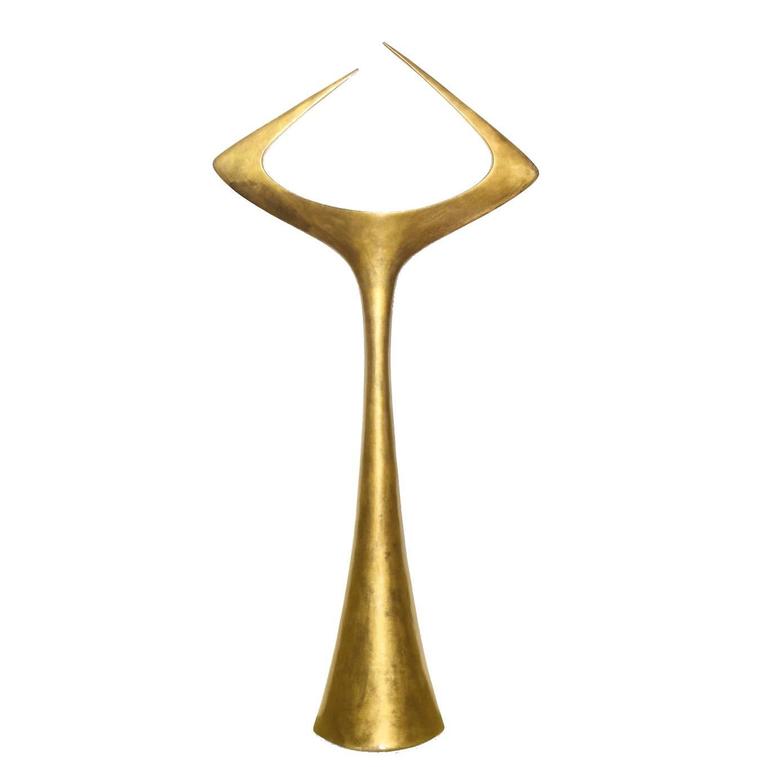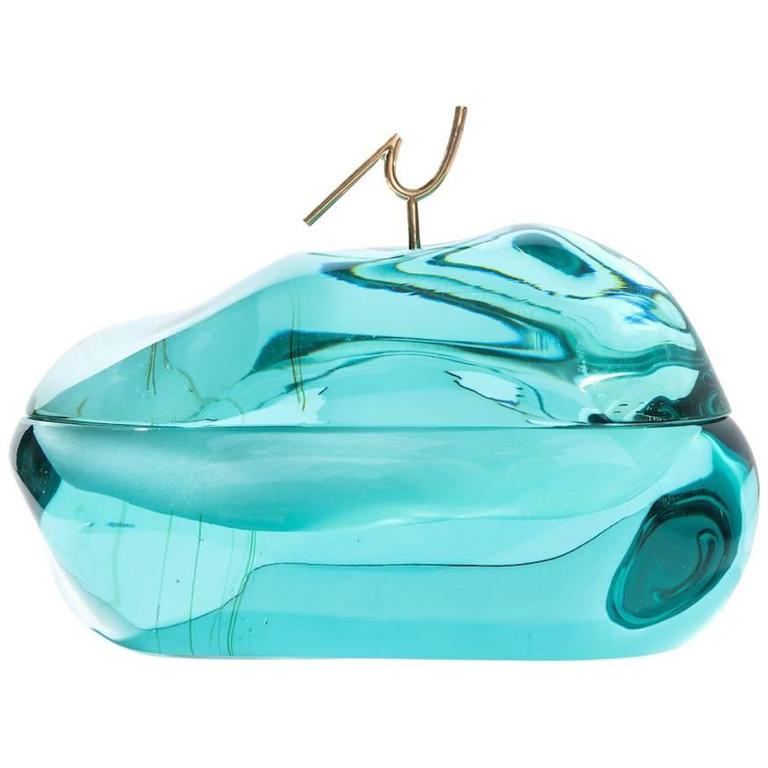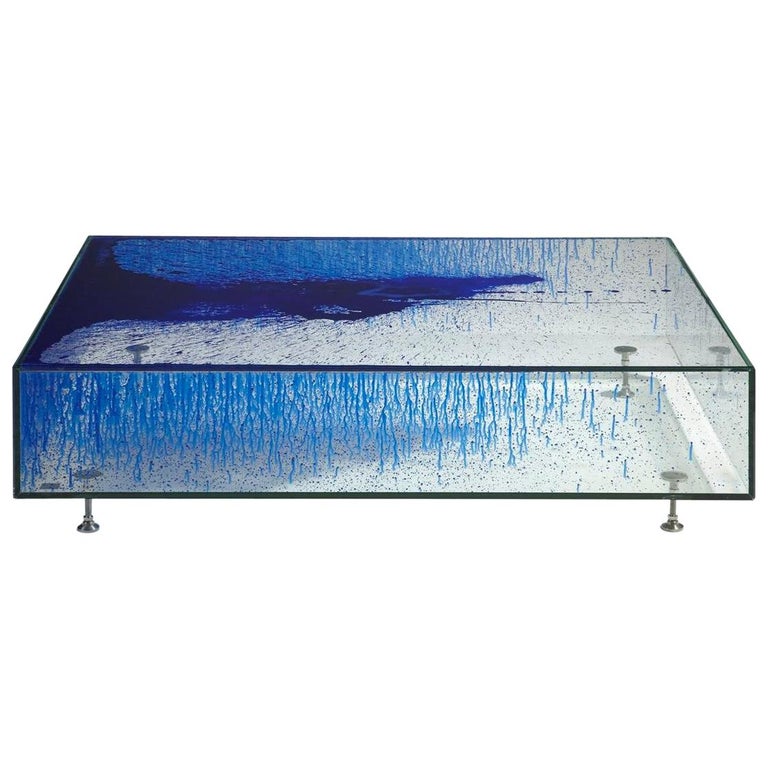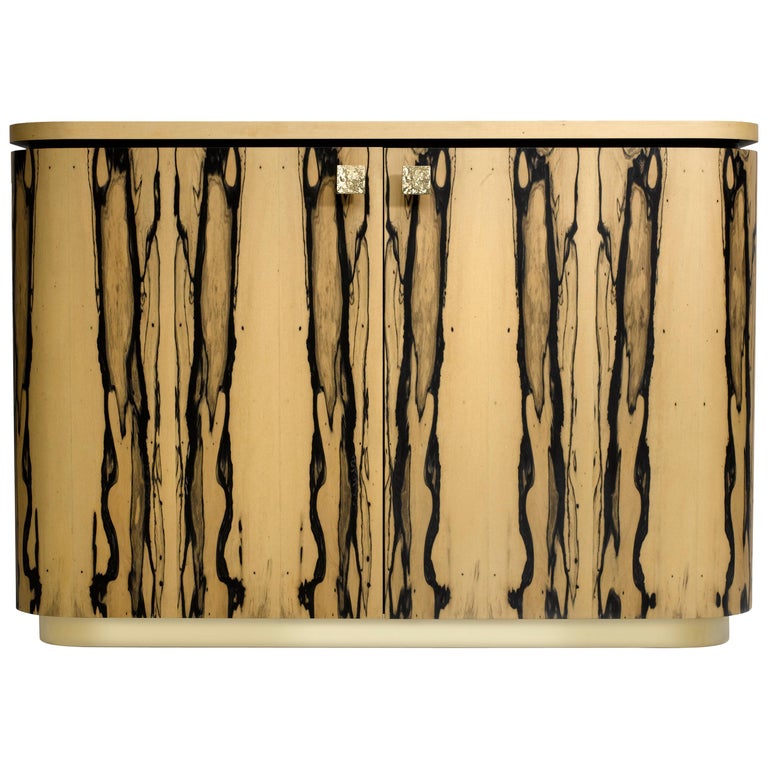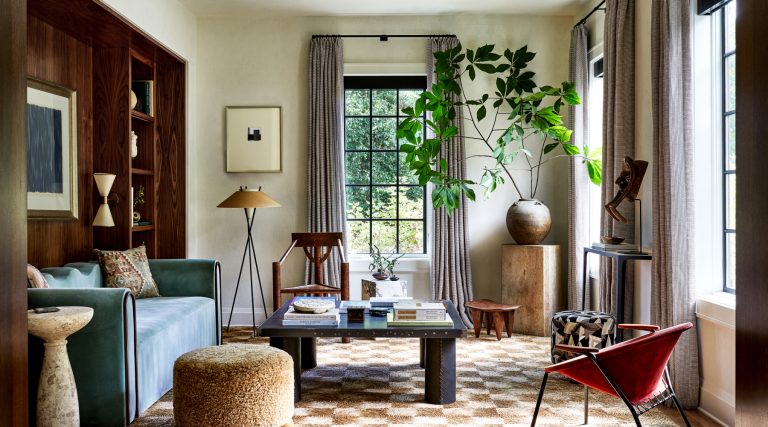
May 5, 2019Manhattan-born and -bred designer Phillip Thomas — photographed here at Maison Gerard — started his interiors studio in 2011 after working with Anthony Ingrao at his eponymous firm for six years (portrait by Michelle Williams). Top: The dining room-cum-salon of a Park Avenue apartment features English Regency dining chairs and vintage eglomise sconces from Tarquin Bilgen. All photos by Michael Mundy unless noted
Decorator Phillip Thomas is sitting in his East 68th Street office in Manhattan looking fit and neat in dark blue chinos, a crisp white shirt and a gray cotton sweater that complements his close-cropped salt-and-pepper hair. A preppy outfit, one might say, but a glance through the glass surface of the conference table he sits at reveals a disruptive element: shiny silver sneakers. “I’m always throwing something in there that’s not right but just right at the same time,” he says. “Doing so keeps the eye interested and the onlooker questioning.” Thomas isn’t talking about fashion but about one of his favorite design strategies.
It’s a strategy that adds freshness to the familiar. For Thomas is basically a traditionalist. “I’ll never forget sitting next to an art dealer at dinner one evening,” he recalls. “He said, ‘Oh, Phillip, I don’t care about anything from the past.’ I was speechless! You learn everything from classic style.”

In the entrance gallery of the Park Avenue home, Thomas placed very traditional brown furniture against a gold-painted cork wall.
Thomas’s decor might skew 18th- and 19th-century European with ultra-contemporary moments, but he always includes something that tweaks the interior in an unexpected way. It might be a hirsute, clove-footed Haas Brothers stool in a Park Avenue entry hall that’s also appointed with a Louis XVI–style settee, bronze doré sconces and an ornate parquet floor. Or perhaps a mirror-polished sunflower-yellow lacquer ceiling in a rustic Bellport, Long Island, party barn where hay bales double as coffee tables. Or a hide-upholstered fauteuil and leopard-print-covered bench in a traditional red library on Fifth Avenue, in New York; or Shaker dining chairs under a spiky Lindsey Adelman chandelier in a West Village glass-box apartment.
Thomas grew up on Manhattan’s Upper East Side, surrounded by English and Continental antiques as well as art from Chile. The latter was courtesy of his Chilean mother. She and Thomas’s American father were successful lawyers with a passion for beautiful homes. “My mother’s office was at Fifty-Seventh Street and Fifth Avenue,” recalls Thomas. “At lunch, she would run over to the D&D Building, and we’d pore over the fabric swatches she brought back.” The family also had a weekend house in Bellport. As a child, Thomas commandeered its mudroom for his “shop,” Phillip & Co., which he stocked with furnishings and other items he salvaged and refinished. “My poor parents were forced to march guests through Phillip & Co. and, every once in a while, purchase something,” he says.

The pale, neutral tones used in the master bedroom of a Fifth Avenue apartment recall the sunset views over Central Park, visible from its west-facing window. The floor lamp is Venini.

Designing with the Fifth Avenue homeowners’ extensive art collection in mind, Thomas created a custom console to sit under a collage by Jennifer Bartlett.
If that seemed to put him on a path toward a career in design, he took a detour when he went to Georgetown University, earning a bachelor’s in foreign service and graduating at the top of his class. A junior-year semester spent in Chile set him back on track. His parents had left him in charge of creating their home in Santiago, and he was so enamored of the process that, after graduation, he enrolled in the New York School of Interior Design, in Manhattan.
His first job after school was at the renowned design firm Ingrao, run by Anthony Ingrao and Randy Kemper. “I learned so much there, and had a very special relationship with Tony,” says Thomas. “He allowed me to do floor plans and detailing. It wasn’t just about sourcing fabrics.”
In 2011, after six years at Ingrao, Thomas, at 33, established his own namesake studio, turning an extra room in his parents’ apartment into an office. “I made sure I had a war chest of clients who could keep me alive for a year,” he says. Thomas eventually outgrew the space and moved to a larger space on East 68th Street, which he also outgrew rather quickly before moving into his current offices in the same building, where he now has three full-time and two part-time employees. When he left home, he took with him the desk his father gave him upon retiring. Thomas considers it a “good luck charm,” and today it sits in a windowed bay of his studio, piled high with tile samples, fabric swatches, books and other design inspirations for his firm’s diverse portfolio of residential projects.
Many of these are full of color — “I’m a big fan,” Thomas says, admitting the obvious. The Bellport home with the party barn, for example, has a dining room that features a Victorian sideboard and table alongside Victorian chairs that he updated with a coat of salmon-colored paint. And one of two Upper East Side commissions boasts a living room that sports lime-colored lacquer walls, while the second is a rhapsody of blue and pink. On the other hand, Thomas points out, “I’m working on a Miami apartment I call Fifty Shades of White and another I call Fifty Shades of Brown.” He also recently finished a house in Dublin for one of his original clients that he swathed entirely in black and covered with ivy.

Highly polished surfaces — a signature of the designer — define the kitchen in the Fifth Avenue home. “Maybe I’m vain, but I like surfaces I can see myself in,” Thomas jokes, continuing more seriously, “It’s modern and injects energy into a space, and it’s important to reflect light and move it around a room.”
One signature of his work, colorful and not, is his inventive treatment of ceilings. “People look down way too much,” he says. “A ceiling is very important. The higher the ceiling, the greater the value of the project. So, I do things to make it feel taller,” such as lacquering, metal leafing and Venetian plastering. In one Greenwich Village apartment, he tiled a foyer ceiling in faceted crystals and created a blue cove in the master bath that he outfitted with a cloud-like Ayala Serfaty light fixture. Regarding his penchant for lacquering surfaces beyond ceilings, he jokes, “Maybe I’m vain, but I like surfaces I can see myself in. It’s modern and injects energy into a space, and it’s important to reflect light and move it around a room.”

Long views of the park extend from the Fifth Avenue residence’s entry through the living room. New York’s Art Deco architecture influenced Thomas’ design here, not least the foyer’s graphic marble floor and silver-leaf cove ceiling.
Art plays a key role in most of his design schemes. Thomas is fond of works that feature energetic graffiti, and many of the paintings decorating his office are by Chilean painters whose calligraphic gestures and color sensibility are evocative of street art. For his Lady’s Lair in the 2016 Kips Bay Designer Show House, he memorably collaborated with artist Andrew Tedesco on a graffiti-style wall treatment that used color to unify a room filled with a diverse array of objects and furnishings: a green 1960s Maison Jansen desk from Maison Gerard, curvaceous gilded-wood-frame armchairs upholstered in a graphic Clarence House floral, a contemporary mirror from Milan’s Ghiró Studio, an Achille Salvagni lamp and Thomas’s own custom white-lacquer console cabinet. One piece of advice he always gives clients looking to expand their collections: “Throw out the checklist of what every hedge funder wants and buy what you like.”
If Thomas’s projects are united by his penchant for color, dramatic ceiling treatments and bold artworks, each looks and feels distinct. And that’s the way he wants it. “I like challenges,” he says. “I’m constantly changing my style because I want to meet my clients’ expectations. There are apartments where you know exactly who designed them. I hope I never reach that point. I like a little mystery.”
